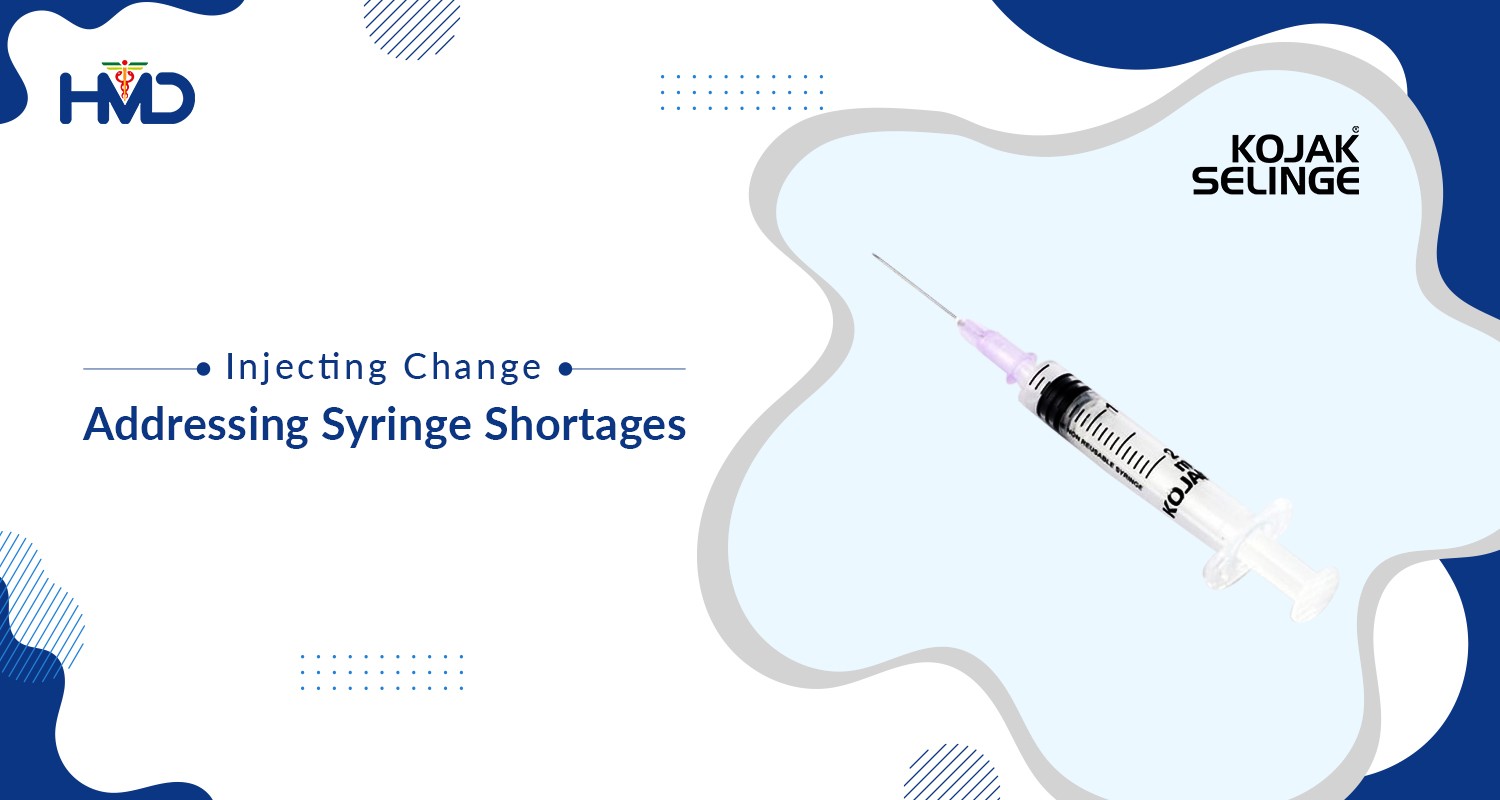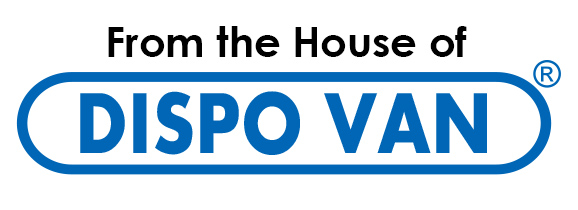

In a world that strives for equal healthcare, one of the biggest challenges for hospitals and the government is ensuring the availability of essential medical supplies, particularly in underserved areas. Hypodermic syringes are among the crucial medical supplies healthcare professionals use to administer medications, vaccinations, treatments and blood transfusions. However, distributing hypodermic syringes to underserved regions poses considerable challenges that necessitate innovative solutions.
Importance Of Hypodermic Syringes
Hypodermic syringes play a crucial role in the medical field, facilitating the safe and accurate delivery of medications and vaccines. They enable healthcare professionals to administer injections with reduced pain and trauma, optimising treatment outcomes and lowering the risk of potential side effects. In addition, these syringes are crucial for disease prevention through immunisations and are used in numerous medical procedures.
Challenges of Providing Hypodermic Syringes in Underserved Areas
- Limited Access to Healthcare: In areas with weak healthcare infrastructure, it is difficult to deliver and ensure the availability of basic medical items, such as hypodermic syringes.
- Socioeconomic Obstacles: In underserved areas, poverty and low income can make buying essential medical supplies like hypodermic syringes difficult, contributing to healthcare access inequalities.
- Limited Funding: Underserved areas frequently struggle with low funding for healthcare initiatives, making it hard to allocate resources to syringe distribution programs.
- Infrastructure Challenges: Poor transportation and inadequate storage facilities can complicate syringe distribution and storage, affecting their accessibility and safety.
- Poor Health Literacy: In places where people are not well-informed about health issues, they may hesitate to consult a doctor or use medical supplies. Insufficient syringes may exist in such areas due to this lack of understanding. This could worsen health issues and contribute to unequal access to vital medical supplies.
- Government Regulations and Policies: Stringent rules and guidelines regarding syringe distribution and ownership might obstruct the implementation of programs that aim to reduce harm, such as disease prevention, in underserved areas.
Conclusion
A well-thought-out strategy that includes awareness, innovative distribution methods, and sustainable healthcare development is required to address these issues. By addressing these issues directly, we can work to create a society in which essential medical supplies are available everywhere, ensuring that no community is left behind in the pursuit of greater health and well-being.
At HMD, we endeavour to enhance the lives of patients and healthcare workers. We accomplish this by offering reliable, high-quality medical equipment that is easy to use. To find out more about our products, get in touch with us or visit our website.

